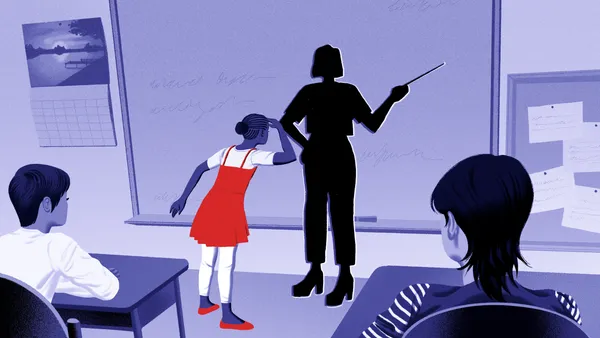Dive Brief:
- A new study links increased youth suicide rates with mental health workforce shortages — at a time when two-thirds of U.S. counties faced such shortages.
- Researchers found the adjusted suicide rate rose 4% with each one-point increase in the workforce shortage score, according to the study published Nov. 21 by the Journal of the American Medical Association.
- The study analyzed suicide data among children and teens ages 5-19 between 2015 and 2016 in 3,133 U.S. counties. As researchers looked at the relationship between youth suicide rates and workforce shortages, they controlled for factors such as presence of children’s mental health hospitals, health insurance coverage, education, unemployment, income, poverty, race and ethnicity in a county.
Dive Insight:
In 2020, the Centers for Disease Control and Prevention reported suicide to be the second leading cause of death for children ages 10-14, and the third leading cause of death for teens and young adults ages 15-24.
While youth suicide rates and mental health workforce shortages have separately raised flags among leaders and researchers before, this new research significantly links the two growing problems.
As the pandemic exacerbated the mental health crisis among children and teens, schools are also scrambling to recruit and hire their own mental health staff. To help with those efforts, programs are being launched to take on both the workforce shortage and pipeline concerns.
In October, the U.S. Department of Education opened applications for two school mental health support programs totaling $280 million with funding from the Bipartisan Safer Communities Act and FY 2022 annual appropriations.
The first program, School-Based Mental Health Services Grants, will help raise the number of credentialed school-based mental health service providers in states and districts that show a need. The second program, Mental Health Service Professional Demonstration Grants, plans to fund innovative partnerships to train school-based mental health professionals.
Even before those federal funds opened up, California announced a plan in August to add 10,000 counselors to the state’s public schools over the next several years. The effort would give up to $20,000 in scholarships to graduate students seeking degrees to become mental health clinicians and work for two years in a school.
This would nearly double the number of school counselors currently working in the state, but that could be a challenge considering just 11,000 students graduate with a master’s degree in school counseling nationwide each year.












